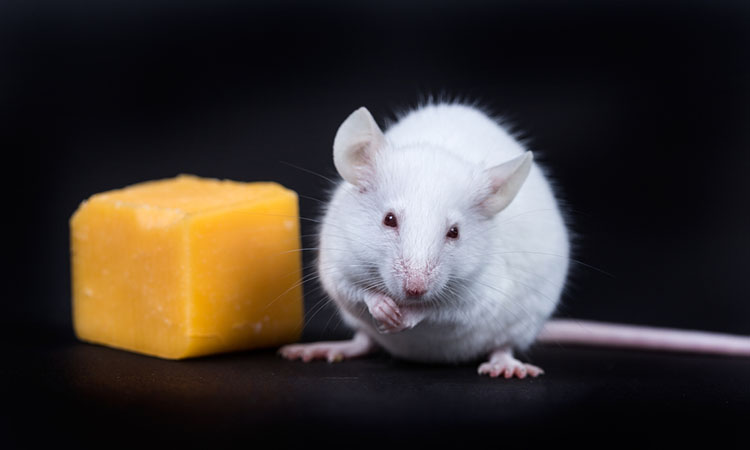New treatment target discovered for sleep apnoea
Posted: 2 November 2022 | Izzy Wood (Drug Target Review) | No comments yet
A recent study in mice revealed that an ion channel already proven to affect blood pressure in obese mice plays a role in suppressing their breathing, influencing sleep apnoea.


In a new study with obese mice, Johns Hopkins Medicine, US researchers have discovered evidence that specialised channel proteins are possible therapeutic targets for sleep apnoea and similar abnormally slow breathing disorders in obese people.
The latest experiments, described in The Journal of Physiology, revealed that TRPM7 plays a role in suppressing breathing in obese mice with symptoms of sleep-disordered breathing conditions.
TRPM7, a cation channel protein, is found in carotid bodies, tiny sensory organs that detect oxygen and carbon dioxide changes and certain hormones in the bloodstream. They help transport and regulate the stream of positively charged molecules in and out of the carotid bodies’ cells.
Sleep-disordered is a condition estimated to affect up to 45 percent of obese Americans. Untreated, the condition can worsen heart disease progression and diabetes cause significant fatigue, as well as death from poor oxygenation.
Using silencing RNA, the researchers knocked out the gene responsible that produced the TRPM7 channel protein, which reduced the number of TRPM7 channels in the carotid bodies of obese mice. The mice then underwent a sleep study, during which researchers observed their breathing patterns and blood oxygen levels.
In obese mice with blocked TRPM7, the researchers noted large differences in their rates of minute ventilation. The obese mice showed a 14 percent increase in their minute ventilation, 0.83 mL/min/g during sleep.
Researchers observed this data as a significant improvement in ventilation when compared to obese mice that had TRPM7, whose average minute ventilation was 0.73 mL/min/g. The findings indicate the ventilatory capacity in these mice was improved while they slept, effectively combating the decreased breathing patterns of sleep apnoea.
However, it was found that despite the increased ventilation in obese mice lacking TRPM7, their blood oxygen levels did not increase. For this finding, researchers exposed the mice to hypoxic environments and then monitored their breathing patterns.
Although the mice’s minute ventilation increased by 20 percent, from 1.5 mL/min/g to 1.8 mL/min/g, their bloodstream oxygen levels decreased – meaning their additional inhalations did not help saturate the body with more oxygen.
“This suggests that treatments designed to reduce or erase TRPM7 in carotid bodies would not be workable for people living in low-oxygen environments, such as those in very high altitudes, or for those with conditions that already limit blood oxygen saturation, such as lung disease,” explained postdoctoral fellow Dr Lenise Kim.
The team’s findings also illustrated that leptin, which is produced in fat cells and is responsible for curbing appetite, may cause an increase in TRPM7 channels.
In obese mice who possess more fat cells, the increased amount of leptin may lead to an oversaturation of TRPM7. These high levels of the cation channel in turn may lead to the low respiration rates observed in obese mice with TRPM7.
“While more research is needed, carotid body TRPM7 is a promising therapeutic target not only for hypertension in obesity, but also for abnormal breathing during sleep associated with obesity,” said Dr Vsevolod (Seva) Polotsky, director of sleep research and professor of medicine at the Johns Hopkins University School of Medicine.
“CPAP actually works for most patients, the fact is that most patients are not adherent to this treatment,” added Kim. “So knowing that TRPM7 contributed to high blood pressure and sleep-disordered breathing, we wondered if blocking or eliminating that channel could offer a new treatment target.”
Related topics
Ion Channels, Molecular Targets, Protein, RNAs, Targets
Related organisations
Johns Hopkins Medicine
Related people
Dr Lenise Kim, Dr Vsevolod (Seva) Polotsky








